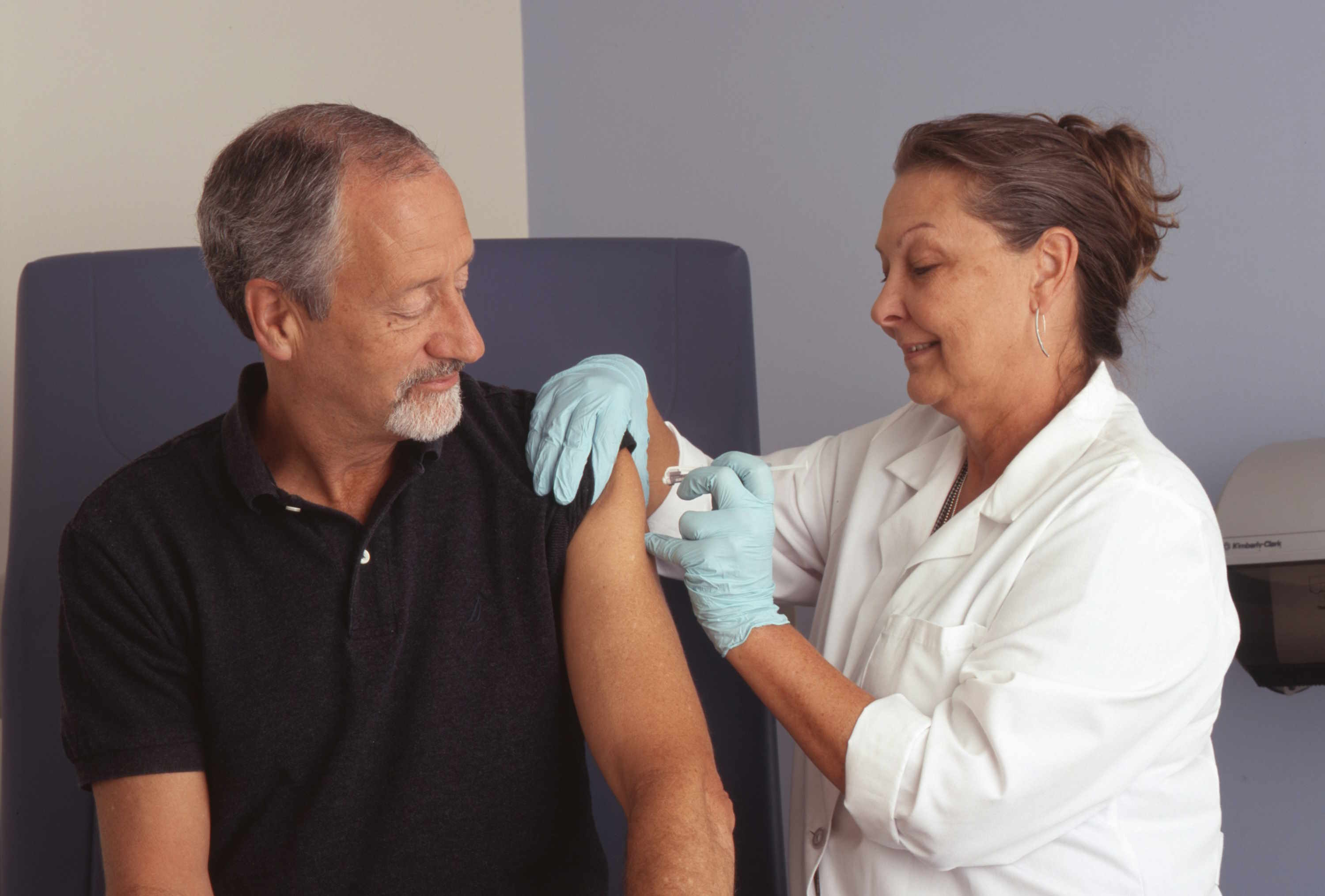Prostate Cancer Treatments: Practical Guide for Patients
Explore clear, up-to-date information on prostate cancer screening, diagnosis, and the full range of treatment options—from active surveillance to surgery, radiation, hormone therapy, chemotherapy, and emerging therapies. Learn how doctors choose treatments, common side effects, follow-up care, and how to weigh risks and benefits to make informed decisions about prostate cancer management.

Screening and diagnosis: what to expect
Early detection of prostate cancer greatly improves treatment choices and outcomes. Routine measures include the prostate-specific antigen (PSA) blood test and a digital rectal exam (DRE). If these suggest abnormalities, clinicians often recommend a prostate biopsy to confirm cancer and determine its grade. Cross-sectional imaging such as MRI or CT scans is used to assess the extent of disease and guide biopsy or treatment planning.
Primary treatment options explained
Treatment is personalized based on cancer stage, tumor grade, overall health, life expectancy, and patient priorities. Common approaches are:
-
Active surveillance: For men with low-risk, slow-growing tumors, close monitoring with regular PSA tests, periodic DREs, repeat biopsies, and imaging may be recommended instead of immediate intervention. This avoids or delays treatment side effects while allowing prompt action if the cancer shows signs of progression.
-
Surgery (radical prostatectomy): This operation removes the prostate gland and some surrounding tissue. It is a common choice for localized disease in men who are healthy enough for surgery. Minimally invasive approaches, including laparoscopic or robotic-assisted prostatectomy, are widely used.
-
Radiation therapy: Radiation can be delivered externally (external beam radiation therapy) or internally via implanted radioactive seeds (brachytherapy). Radiation may be used alone or as part of a combined strategy with hormone therapy, depending on risk level.
-
Hormone therapy (androgen deprivation therapy): Because prostate cancer often depends on male hormones, reducing androgen levels can slow or shrink tumors. This approach is commonly used for advanced disease or together with radiation for higher-risk localized cancer.
-
Chemotherapy: Systemic chemotherapy is typically reserved for aggressive or metastatic prostate cancer that no longer responds to hormone therapy.
-
Immunotherapy and targeted agents: Certain immunotherapies and targeted drugs, including treatments tailored to specific genetic mutations, are options for select patients—typically those with advanced or treatment-resistant disease.
How clinicians decide the best course
Choosing a treatment is a shared decision between the patient and the medical team. Key considerations include:
- Cancer stage and Gleason/grade
- Patient age, coexisting medical conditions, and life expectancy
- Expected benefits and risks of each approach
- Potential effects on urinary, sexual, and bowel function
- Personal values and quality-of-life priorities
Doctors frequently use risk calculators, nomograms, and multidisciplinary tumor boards to estimate outcomes and help patients compare the likely results and trade-offs of each option.
Common side effects and how they are managed
All treatments carry potential side effects, and managing these is a major part of care planning. Frequently encountered issues include:
- Urinary incontinence or leakage
- Erectile dysfunction
- Bowel irritation or changes in bowel habits
- Fatigue
- Hot flashes and other symptoms related to hormone therapy
- Reduced bone density with long-term hormone treatment
Many side effects can be mitigated with pelvic floor rehabilitation, medications, lifestyle changes, sexual-health therapies, bone-protection strategies, and supportive care from specialists such as urologists, radiation oncologists, and physiotherapists.
Emerging and experimental treatments
Research continues to broaden the treatment landscape. Approaches under study or increasingly available include:
- Focal therapy: Targeting only the cancerous area(s) within the prostate to preserve more normal tissue and potentially reduce side effects.
- Proton beam therapy: A form of radiation that may allow more precise dose delivery to the tumor while sparing nearby healthy tissue.
- PARP inhibitors: Targeted drugs showing benefit in patients with certain DNA-repair gene mutations.
- CAR T-cell and other immune-based therapies: Cutting-edge immunotherapies that modify immune cells to attack cancer, still largely experimental in prostate cancer.
Patients interested in trials or novel options should discuss eligibility and potential risks with their oncology team.
| Treatment | Typical use | Main side effects | Approx. cost range (US) |
|---|---|---|---|
| Active surveillance | Low-risk localized disease | Anxiety, risk of progression | Low ($0–$5,000/year) |
| Surgery (prostatectomy) | Localized disease | Incontinence, erectile dysfunction | Moderate ($10,000–$40,000) |
| External beam radiation | Localized or locally advanced | Bowel/urinary irritation, fatigue | Moderate ($10,000–$50,000) |
| Brachytherapy | Small, localized tumors | Urinary symptoms, erectile issues | Moderate ($8,000–$30,000) |
| Hormone therapy | Advanced or as adjunct | Hot flashes, bone loss | Variable ($1,000–$10,000/year) |
| Chemotherapy | Metastatic or hormone-resistant | Nausea, low blood counts, fatigue | High ($10,000–$100,000+) |
Cost disclaimer: Treatment costs vary widely by country, healthcare setting, insurance coverage, and individual circumstances. The ranges above are approximate and intended for general comparison only. Consult your healthcare provider and insurer for specific cost information.
Typical treatment pathway and follow-up
A typical journey includes diagnosis and staging, shared decision-making, primary treatment, and a recovery period during which side effects are addressed. Long-term follow-up usually involves regular PSA testing, physical exams, and imaging as indicated to detect recurrence. The frequency and duration of follow-up depend on the initial stage and treatment selected.
Survivorship care also focuses on overall health—managing late effects, maintaining bone and cardiovascular health, addressing sexual function and mental well-being, and screening for other conditions.
Final thoughts
Advances in diagnostics and therapies have broadened options for men with prostate cancer, making individualized treatment planning essential. Engaging fully with your medical team, asking about expected outcomes and side effects, and considering clinical trials when appropriate will help you choose the approach that best aligns with your health goals and lifestyle.
This article is for informational purposes only and should not be considered medical advice. Please consult a qualified healthcare professional for personalized guidance and treatment.






